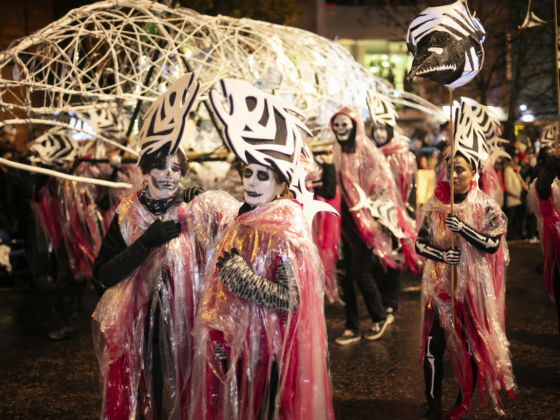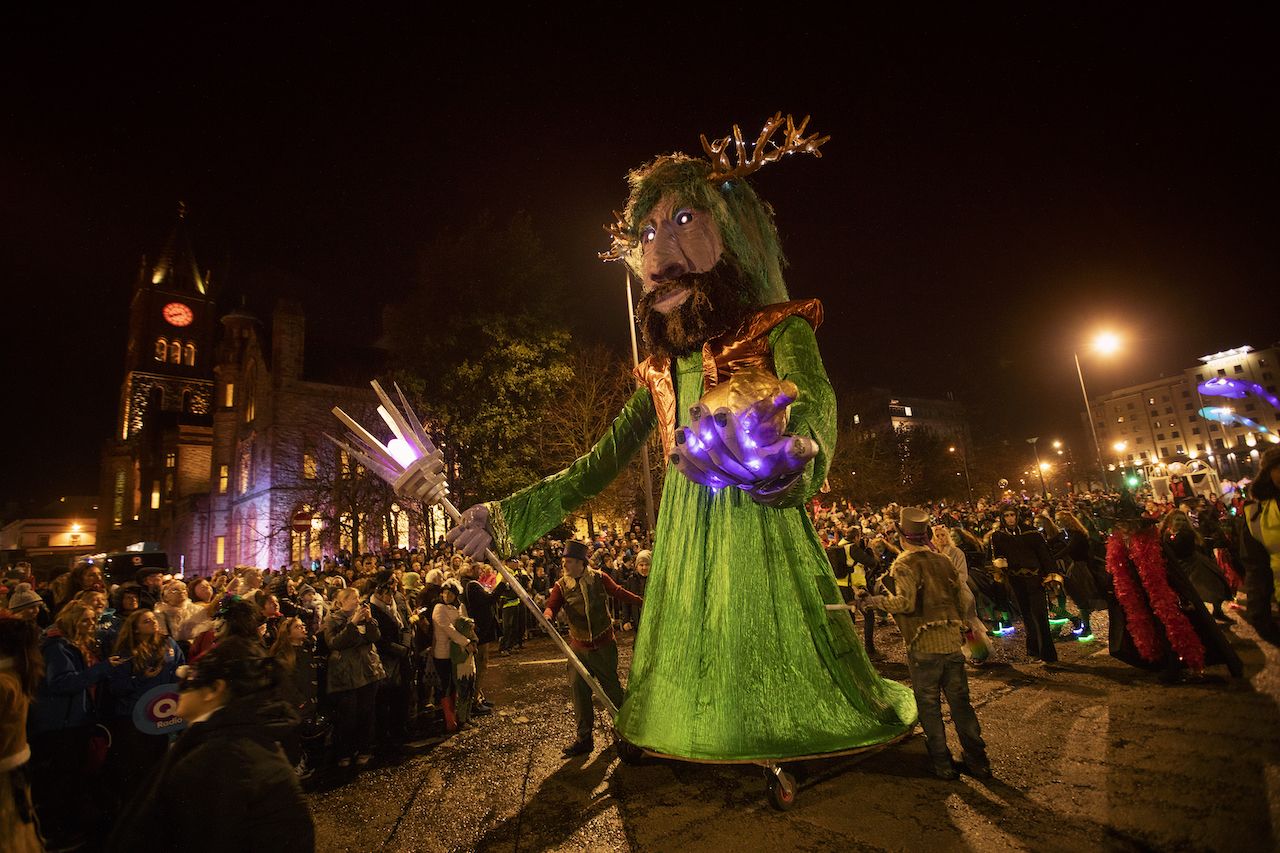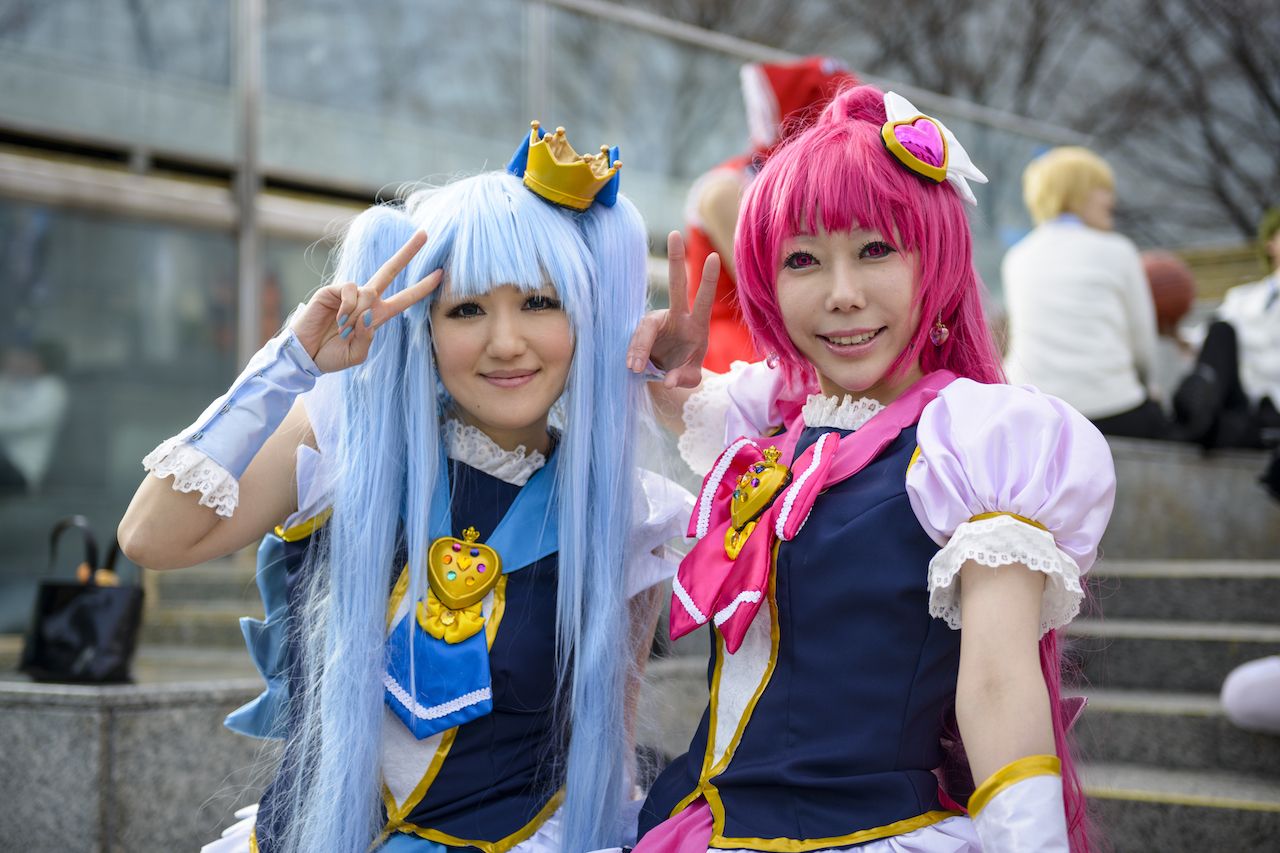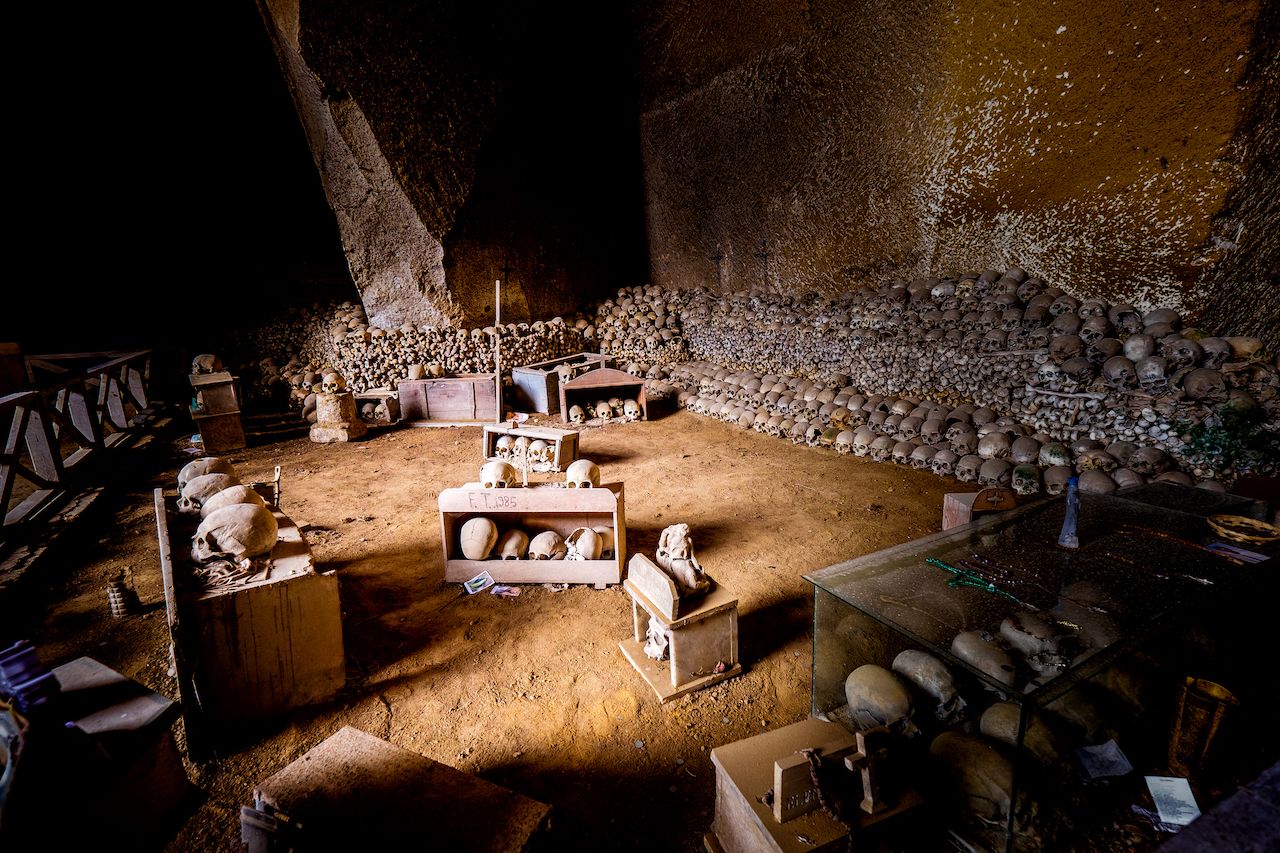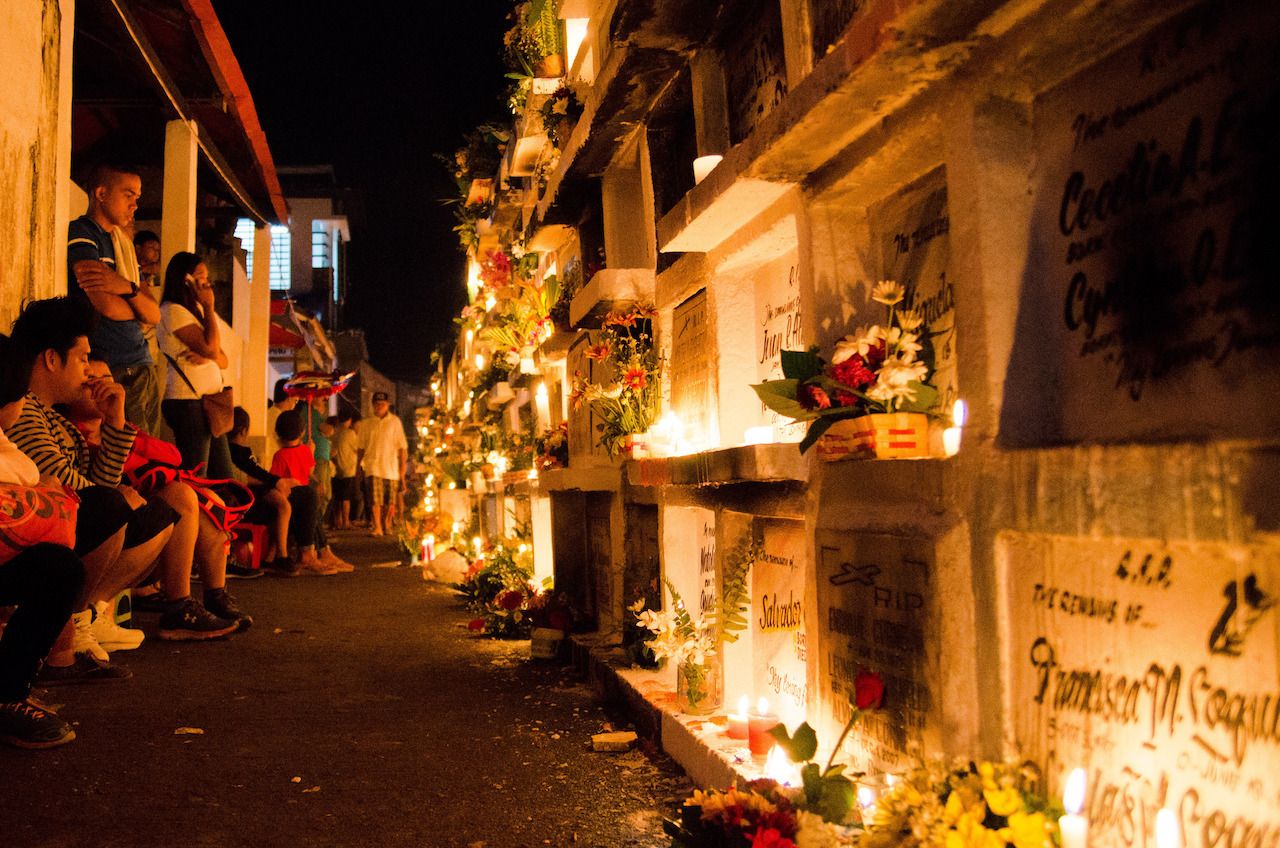Halloween TRADITIONS HAVE roots in a Celtic pagan festival called Samhain, traditionally held between the fall equinox and winter solstice to welcome the harvest. A time of transition, spirits were said to rise and roam the earth. To ward them off, Celts lit bonfires and donned ghoulish costumes.
In the eighth century, after Pope Gregory III devoted November 1 to honoring saints, Samhain traditions became All Saints’ Day festivities, and the night before became known as All Hallows’ Eve, later Halloween. Like Saint Paddy’s Day, though, the holiday took on a new life after Irish immigrants brought it to the US in the 19th century. Today, America’s all-out celebration of costumes, candy, and all things spooky has redefined Halloween in the world’s eyes.
Some places, like the Celtic nations and the Philippines, have integrated old customs into modern celebrations. Others have embraced American Halloween. One thing is true everywhere that celebrates Halloween, however: October 31 is always a party.
